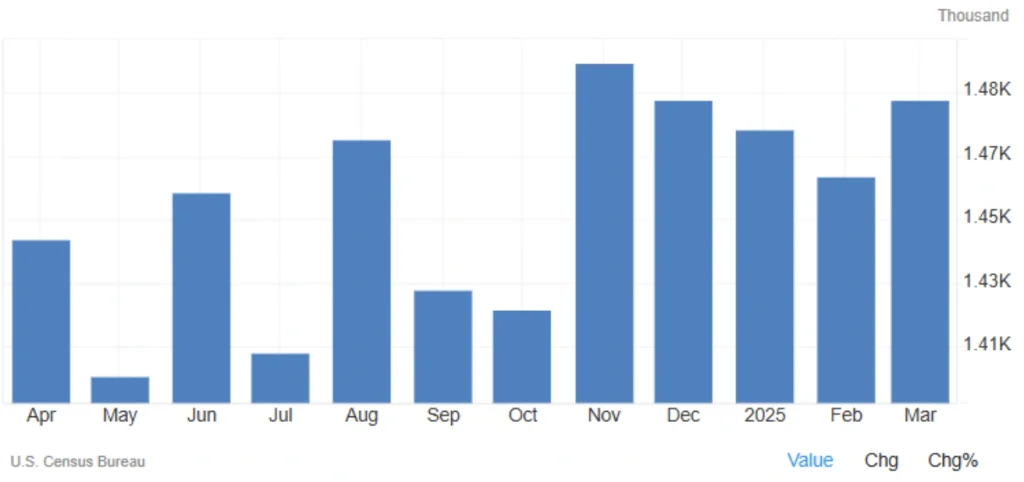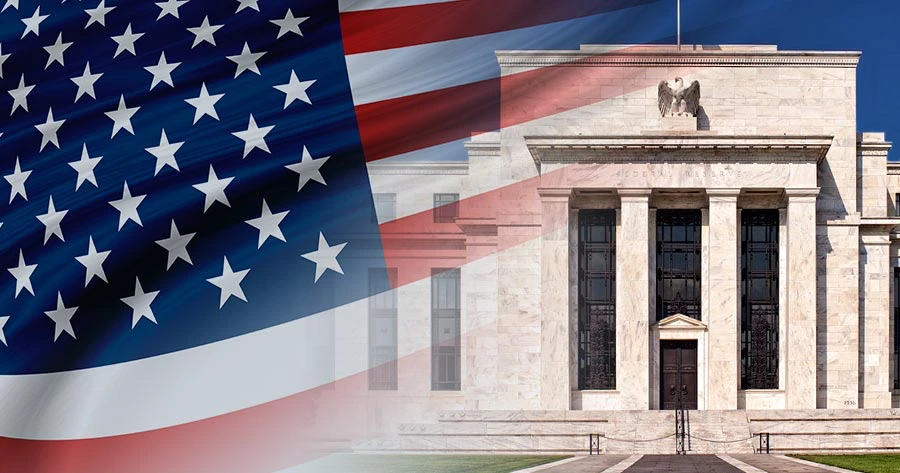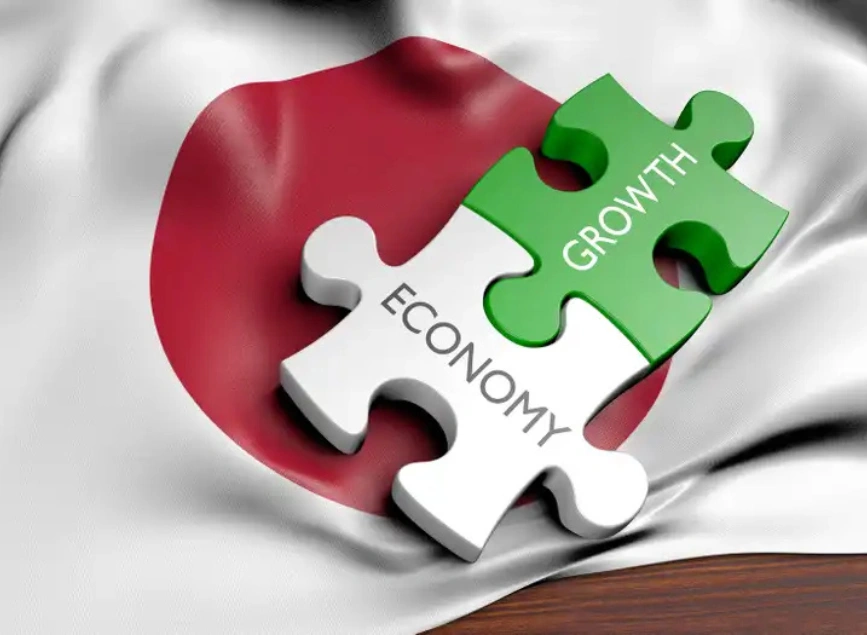
March 2025 U.S. Building Permits Rise, Led by Multi-Family Growth
In March 2025, the number of U.S. Building Permits issued in the United States rose by 1.6% to a seasonally adjusted annual rate of 1.482 million units, exceeding market expectations of 1.45 million. This indicates continued resilience in the housing market, particularly in the multi-family housing segment.
Breakdown by Housing Type
🔹 Multi-Family Units (5 units or more)
Permits surged by 10.1% to an annual rate of 445,000 units, suggesting growing investment in rental properties or urban development projects.
🔹 Single-Family Homes
Permits declined by 2% to an annual rate of 978,000 units. This may reflect the impact of high mortgage rates or weaker demand in suburban areas.
📍 Regional Performance:
- Northeast: +4.3% (121,000 units)
- South: +3% (830,000 units)
- West: +5.8% (312,000 units)
- Midwest: -9.5% (219,000 units)
Growth in the South and West highlights stronger demand in states with rising populations and active job markets, while the Midwest saw a notable decline.

Why Are Building Permits Important?
Building permits are a leading indicator in the housing sector, often preceding actual construction activity by several months. Rising permits generally signal increased builder confidence and potential future investment in construction.
Market & Economic Implications
✅ Positive Signals:
The significant jump in multi-unit permits could help boost rental housing supply and ease price pressures.
Continued regional growth suggests that housing market momentum persists despite inflationary headwinds.
⚠️ Potential Risks:
The decline in single-family permits, if sustained, may reduce owner-occupied housing supply.
High mortgage rates remain a barrier for both builders and buyers.
Read More: US Tariffs and the Decline of the US Dollar: Key Insights for Traders
Conclusion
The growth in U.S. building permits during March 2025 reflects a positive signal for the housing sector. However, the uneven growth across housing types could influence the balance of supply and demand in the coming months. Policymakers and investors should closely watch regional trends and project types as the market evolves.
Share
Hot topics

Federal Reserve’s Challenges to Trump’s New Policies
As the Federal Reserve Open Market Committee (FOMC) prepares for its upcoming meeting, all eyes are on how the Fed will respond to Donald Trump’s latest economic policies. With the...
Read more




Submit comment
Your email address will not be published. Required fields are marked *